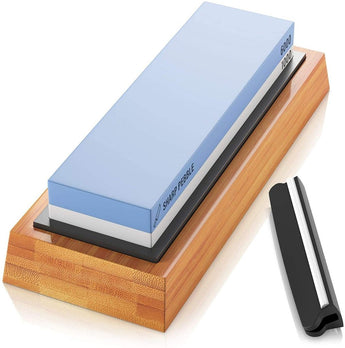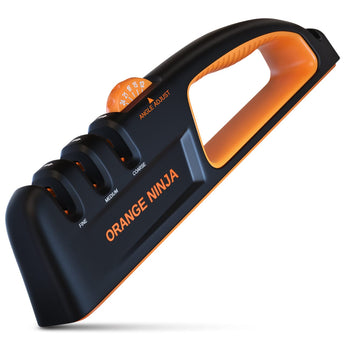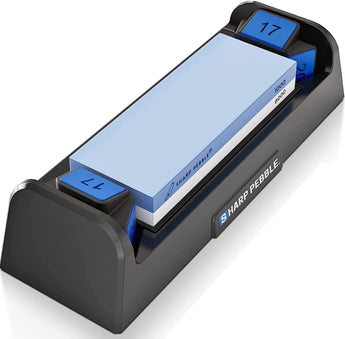Losing sharpness is a natural phase in a blade’s lifecycle. That said, with knowledge, patience and careful usage you can prolong both the blade’s working life and its sharpness. Having an intimate knowledge of the factors that impact how the blade’s edges wear will go a long way in helping you prolong your knife’s life. This is a two-part series, through which we intend to share knowledge on edge wear and tear.
What enables the process of edge wear and tear? When it comes to the lifecycle of your knife’s edge; there are several factors at play. These include the grade and characteristics of the steel and the knife’s core purpose or usage.
Steel grade and characteristics: There are 3 main features that impact the grade of the steel used for knife making. There are pros to cons to each. Here they are:
-
Strength: Steel strength essentially refers to its degree of hardness. The steel’s hardness dictates how easily it can bend, roll or deform. The harder the steel, the longer your knife will retain the edge and stand up to the pressures that may otherwise roll or bend it, however, the increased hardness comes at a price. Harder steels are quite brittle, which makes them a prime candidate for breakage and chipping. For instance, ceramic knives, which are known for their hardness won’t survive if you drop them on the floor.
-
Wear resistance: It determines how long will your knife stand up to abrasion. Although the steel’s strength and hardness have a role to play here, the key factors that impact a knife’s anti-abrasive ability are the steel’s type and its carbide concentration. One, it determines how long will it take before the knife gives in to functional wear and tear.
Secondly, it will also affect how easy it is to sharpen the knife. A higher concentration of chromium, vanadium and tungsten results in very strong carbides that will stand up to intense abrasion. Now, interestingly, when you sharpen a knife, you’re essentially performing an abrasive action in that you’re taking off metal. And the higher carbide content makes the sharpening job that much more difficult and rather frustrating.
-
Toughness: It is simply how strong your knife is. Toughness determines if the knife can stand up to chipping and bending forces. Ideally, you want to have a balance between the steel strength and toughness because they’re inversely related, meaning increasing one of these factors will reduce the other.





Hi Salam
Thanks so much for your very informative emails which I truly enjoy. I run a small business called Jerry’s Sharpening Service so use many of your tips. I want to pass on to my clients some of your recommendations but don’t want to infringe copyright law and want to know where I stand with you. If I mention that this information comes from you would this be ok with you? Looking forward to your reply.
Some people get upset with me for using a steel on my knives, especially the Chinese and Japanese blades. For me it’s been the best way of prolonging an edge. In about 10 to 20 seconds the edge is as sharp as when I first sharpened it. Whether it’s an 10" Icel, 7" Nakiri, an old 8" Henckel or my Sharp Pebble Damascus, the fine cut steel I use to touch up blades works great for me.
Thank you for the education. Enjoyed the article.
Yesterday I field dressed a buck using only my 4”pocket knife, having used proper sharpening techniques: Arkansas, Diamond, ceramic finish
Thnx!
Some of the knives I attempt to sharpen are less than desirable, some not so bad. I get so busy with everyday stuff I forget to sharpen knives. Do you have a list of knives by name that are approved and that will not bankrupt when purchasing for household use.